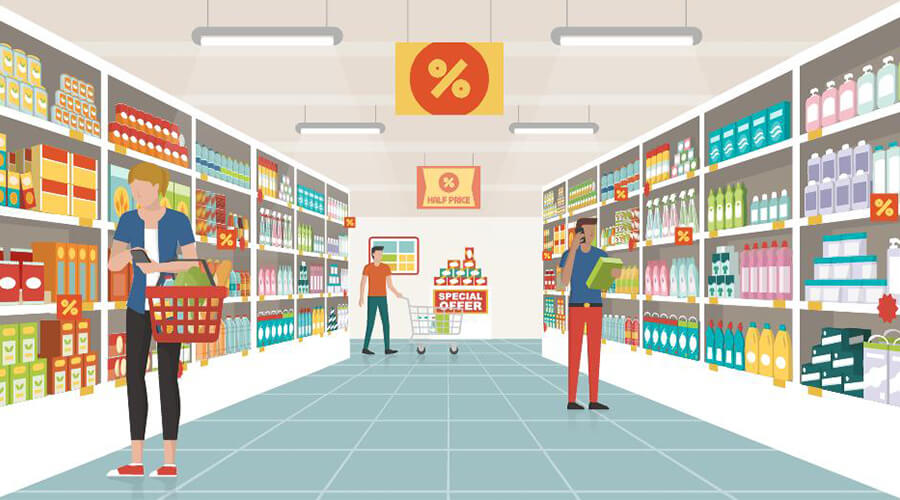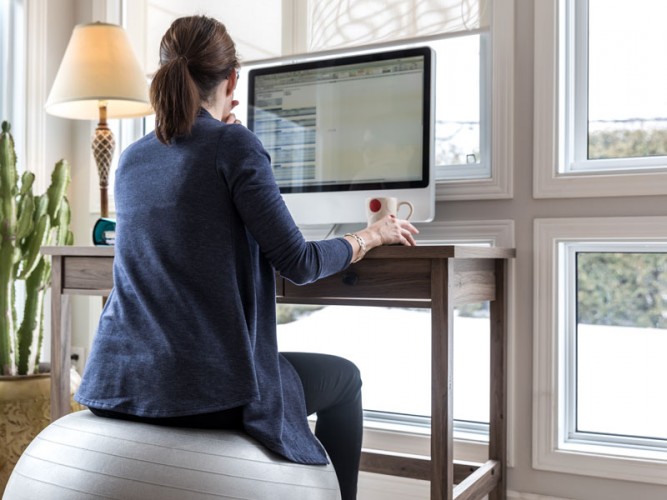Efforts can stop the spread and help everyone around you stay healthy
The arrival of the COVID-19 vaccine has many events and venues opening up. However, the pandemic is not over, and everyone needs to continue to do their part to stop the spread.
You should continue to follow personal hygiene advice: Wear a mask, wash your hands for at least 20 seconds, refrain from shaking other people’s hands, avoid touching your face, cover coughs and sneezes, and stay home when you’re sick. Here are additional steps you can take.
What is social distancing?
According to the CDC, social distancing is:
- Working or schooling from home whenever possible
- Remaining out of places where groups of people congregate, such as bars, restaurants, food courts and gyms
- Avoiding social gatherings in groups of more than 10 people
- Maintaining distance — at least 6 feet — from others when possible
 You can still go grocery shopping while practicing social distancing by staying six feet from other people.
You can still go grocery shopping while practicing social distancing by staying six feet from other people.
ILLUSTRATION BY SANFORD HEALTH
What’s the difference between isolation and quarantine?
Isolation and quarantine help protect the public by preventing exposure to people who have or may have a contagious disease, the CDC says.
- Isolation separates sick people with a contagious disease from people who are not sick.
- Quarantine separates and restricts the movement of people who were exposed to a contagious disease to see if they become sick.
How can we stay connected during social distancing?
In the short-term, isolation can be the healthier choice to prevent the spread of infection. But “over time, human beings need to be interconnected,” says Sanford Health licensed psychologist Jon Ulven, Ph.D.
He suggests that people plan to maintain contact with others via mobile devices, Skype, FaceTime or any other digital platforms.
“Discuss the plan for staying in touch,” he says.
For example, workplaces might offer working from home, holding virtual meetings and instant messaging. Colleges and universities have adopted distance learning. Places of worship and community organizations may broadcast video or audio of their services and events.
Meanwhile, the CDC recommends keeping tabs on vulnerable people such as older adults. Find ways to help, such as checking on them to make sure they’re getting meals and other essentials.
Information in this article was accurate when it was posted. As the COVID-19 pandemic continues, scientific understanding and guidelines may have changed since the original publication date. Read more about the COVID-19 vaccines.
The Good Samaritan Society requires masking in its locations. Anyone shown without a mask was either recorded prior to the masking requirement or recorded in a non-patient care area where social distancing and other safety protocols were followed.



